

Hawaiians celebrate their annual Lono Run, `Aha Pule Āina Holo, pledging their commitment to their 'Ohana Māori family from Mauna Kea. Photo/Aha Pule Aina Holo
Photo/Aha Pule Aina Holo
Hīkoi mō te Tiriti: A walk backwards into the future
Hawaiian attorney and indigenous rights advocate, Kai Lawrence, says there are lessons to be learnt from Aotearoa's March for the Treaty.



Cook Islands seabed mining delay hailed as win for ongoing Pacific region resistance
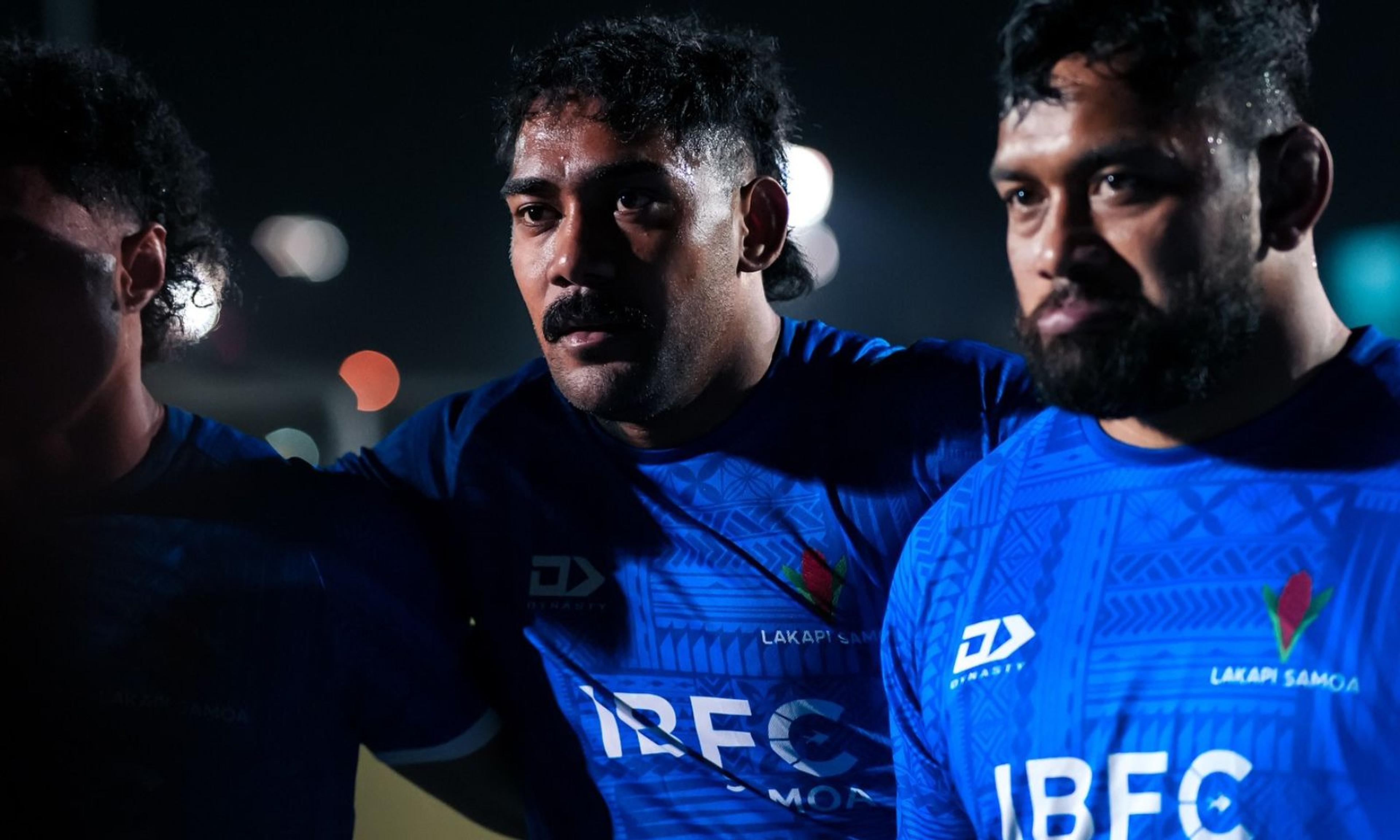
Manu Sāmoa’s win over Namibia puts them in control ahead of their Belgium RWC qualifier
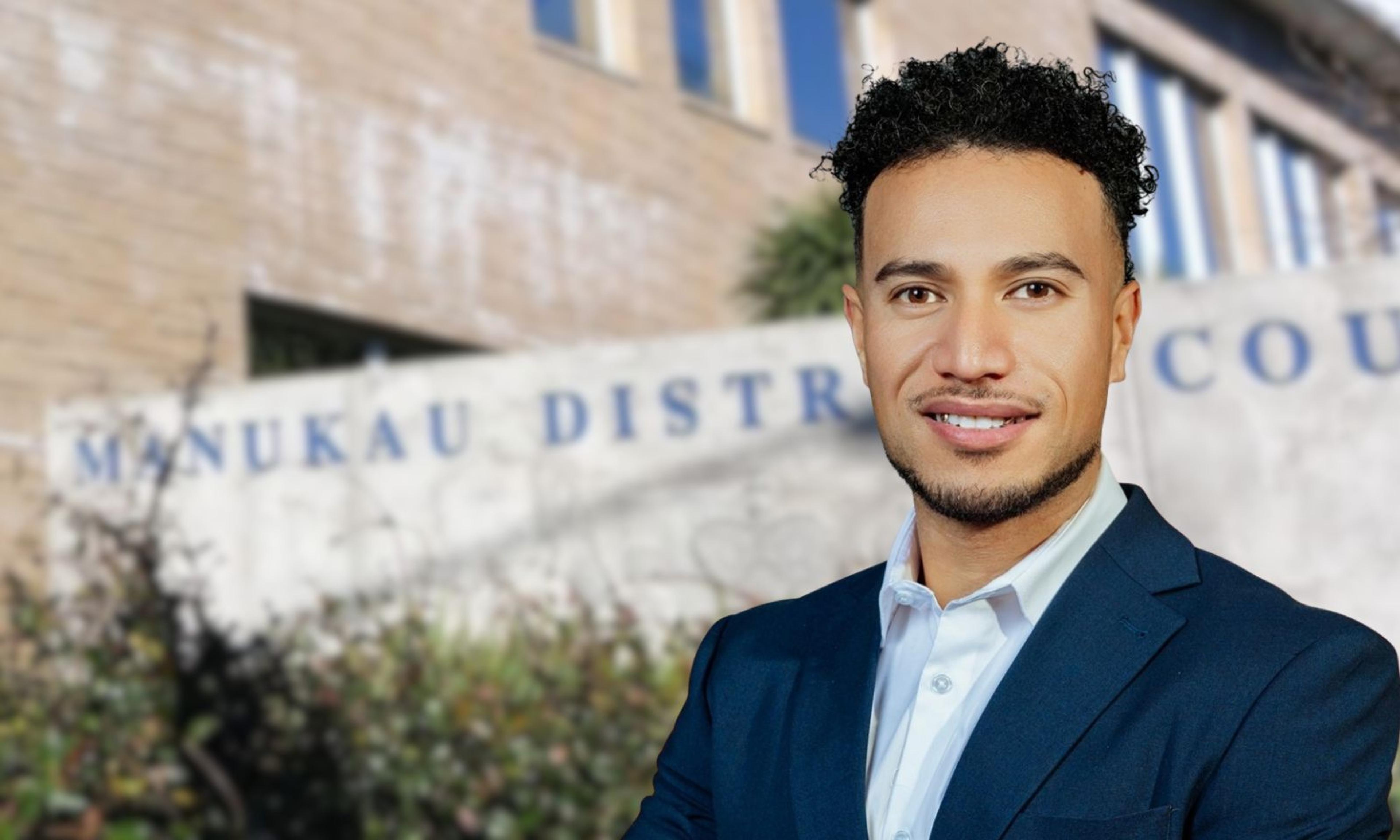


Ōtara youth lead digital solutions to school uniforms and items

Cook Islands seabed mining delay hailed as win for ongoing Pacific region resistance

Manu Sāmoa’s win over Namibia puts them in control ahead of their Belgium RWC qualifier

On 14 November 2024, Hana-Rawhiti Maipi-Clark, the youngest member of Parliament in Aotearoa New Zealand and Te Pāti Māori (The Māori Party), made headlines by tearing the Treaty Principles Bill in half on the floor of the House before breaking into the world’s loudest haka.
Images of this act went viral, igniting a wave of indigenous support across Oceania and around the globe.

A screen grab of Te Pāti Māori MP Hana-Rawhiti Maipi-Clarke as she rips at the Treaty Principles Bill proposed by the ACT Party. Photo/NZ Parliament TV
It also brought significant attention to the Hīkoi mō te Tiriti (March for the Treaty), a protest involving thousands of Māori and non-Māori across Aotearoa opposing the Bill.
At that time, on Moku o Keawe (the Big Island of Hawaii), native Hawaiians participated in their annual Lono Run.
This ceremonial relay celebrates the upcoming Makahiki season, a period dedicated to the god Lono, who is associated with peace, agriculture, and fertility.
While these events may seem contradictory - a peaceful protest march versus a celebration - Māori view them as interconnected.
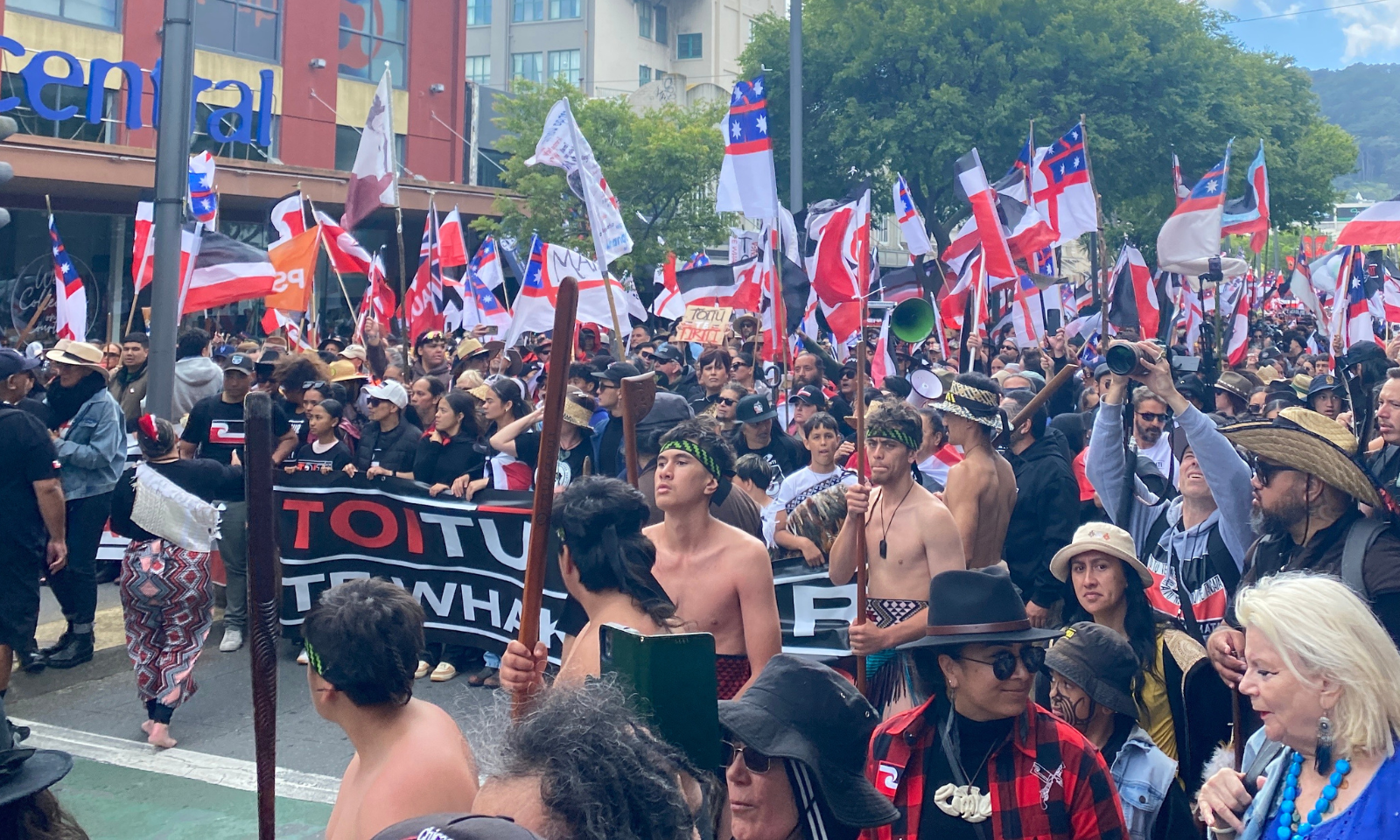
Tens of thousands of people marched on NZ's capital to protest against the ACT Party's Treaty Principles Bill. Photo/William Terite
Following the final march to parliament, which featured more than 40,000 protestors, co-organiser Rawhitiroa Bosch (Ngāti Kahu, Ngāpuhi ki Whangaroa) received a remark from a Wellington resident stating that the Hīkoi “brought peace to the city”.
Paula MacEwan, a Māori Warden (a volunteer organisation supporting and safeguarding Māori communities), worked at the barricade that day and observed that the Hīkoi marchers were overwhelmingly peaceful.
“Peace is a discipline,” she said, “and we decided to let the elements do the talking for us,” as near hurricane-force winds battered parliament behind her.
Kahua Julian, a native Hawai’ian teaching at a te Reo (Māori language) immersion school in Napier, Aotearoa, travelled more than 300km to Wellington for the final Hīkoi.
He had also participated in peaceful protests in Maunakea in 2019. He noted a shared atmosphere in both demonstrations, describing them as “mālie” (calm) and filled with “aloha” (love).
Marchers were welcomed at Rangiriri Paa before entering the Marae. In Hawaii, this sentiment is expressed as 'aloha'. In Aotearoa, it is referred to as 'aroha'.

Native Hawaiians and indigenous rights advocates show their support for the Hīkoi mō te Tiriti during their Lono Run on Oahu Island two weeks ago. Photos/Aha Pule Aina Holo
Many viewed the peaceful protest against the Treaty Principles Bill as a significant success, as it united thousands of Māori and Pākehā in the fight against the oppression of Māori people enshrined in the Bill.
Questions arise: What made this Hīkoi so successful that it captivated global attention and united indigenous peoples worldwide in the common struggle against colonial oppression? What lessons can native Hawaiians learn from their cousins in Aotearoa?
A vital starting point for many is te Reo Māori, the Māori language, which has been essential for cultural unity. In the 1970s and 1980s, there was momentum for Kōhanga Reo, a te Reo immersion programme to nurture language learning from an early age.
Protester Johanna Tawhai (Te Whānau a Apanui, Te Whakatōhea) described it as “learning from the cradle”.
Aroha Harris, a Māori lecturer, professor, and activist, emphasised in her book, Hīkoi, Forty Years of Māori Protest, that Kōhanga Reo has “ensured that continuance of cultural imperatives - values, beliefs, tikanga (customs)”.
This movement laid the groundwork for cultural unity among Māori communities. Throughout the Hīkoi, many speeches, welcome ceremonies, and chants were in te Reo, and unity and pride were palpable.
Similarly, `Ōlelo has been a resurgence since the cultural renaissance of the 1980s in Hawaii, but there remains potential for further development, including more immersion programmes, increased media in `Ōlelo, and greater everyday use of the language.
If te Reo is the lifeblood of the Hīkoi, then the marae acts as its foundation. Marae are the meeting houses for various iwi (tribes) and hapu (sub-tribes) throughout Aotearoa.
They are considered tapu (sacred). In Hawaii, the equivalent term is ‘kapu’. Families and communities of Māori organise around these cultural centres.
Samah Huriwai-Seger, a leader of the Aotearoa Liberation League, says marae play a crucial role in organising communities. “They are the infrastructure of revolution,” she said.
Brandon Makaawaawa, of the Nation of Hawaii in Waimānalo, argues that pu’uhonua serves a similar purpose as marae. “The Nation organises around its pu’uhonua, but [the Nation is] unique in this way as many communities have lost this organisational centre.”
Native Hawaiians' push to establish pu’uhonua as central hubs of ahupua’a (land divisions) throughout the islands could further their organisational efforts.
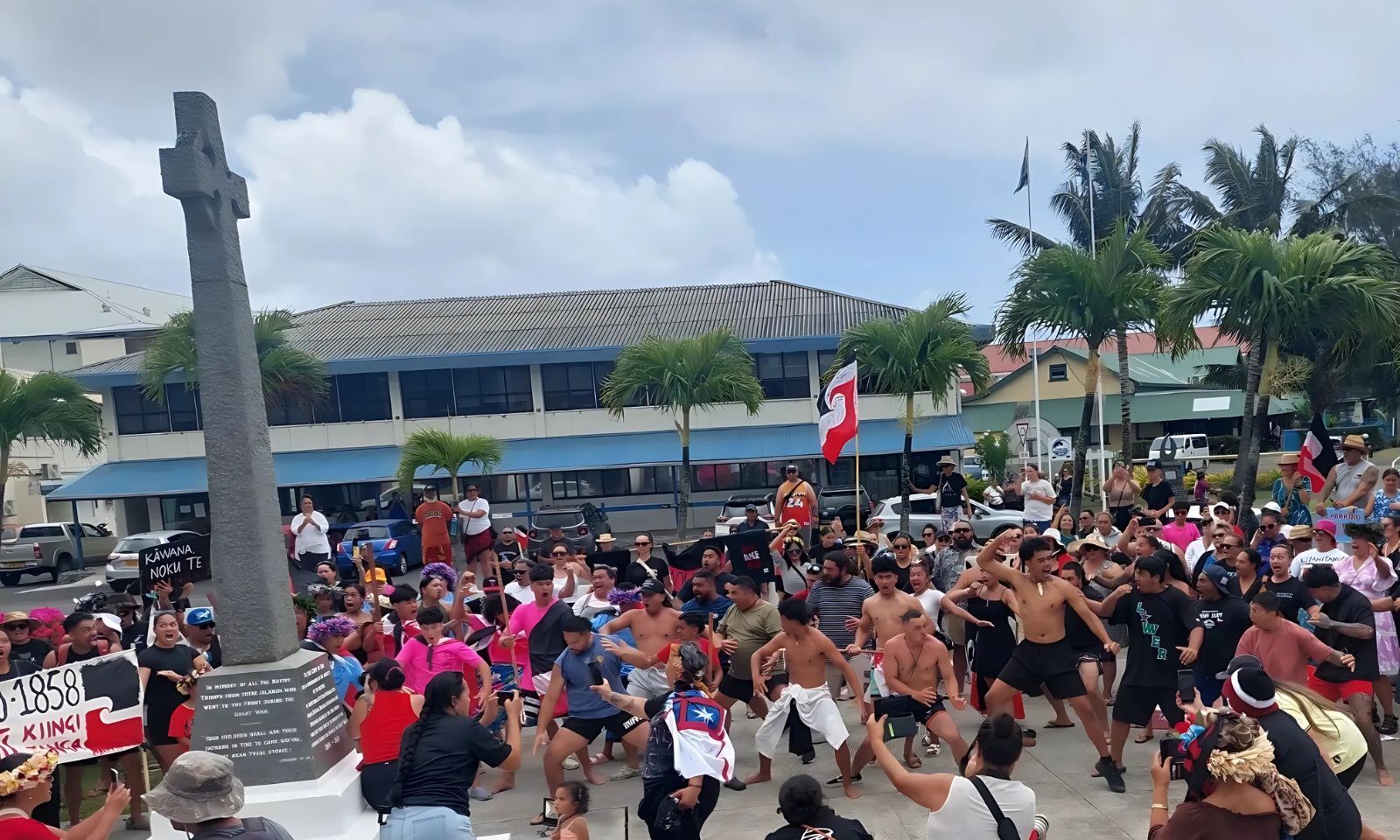
Hundreds of people turned out in Rarotonga to support the Hīkoi mō te Tiriti. Photo/supplied
Continuing the metaphor of the body and mind, the next key to the Hīkoi's success lies in the intentions and voice of its leaders.
Hīkoi co-organiser Rawhitiroa said clear intentions empowered the movement. “Peace and nonviolence were the intentions we set at the very start, and these we consistently communicated throughout the Hīkoi."
Rawhitiroa noted that empowerment was another vital element, as the organisers deliberated about the messages they sought to convey.
“We didn’t want chants that were angry or disempowering; instead, we intentionally chose words that would uplift and unite.”
One of the common refrains was “ka whawhai tonu mātou, ake ake ake,” which means “we will still fight, forever and ever”.
However, this was later changed to “ka ora tonu mātau, ake ake ake,” meaning “we will still live, forever and ever.”

A hīkoi mō te Tiriti in the Gold Coast saw packed crowds show up in solidarity. Photo/Thomas Wheto
Like their Māori cousins, Hawaiians have many empowering chants and songs.
Notable among these is the `oli` I Ku Mau Mau’, meaning “stand up together,” as well as the prophetic and poetic refrain from kahuna Kapihe titled “E Iho Ano o Luna,” meaning “that which is above shall be brought down”.
The alaka’i, or leaders of activism efforts in Hawaii, would do well to remember the Hīkoi and the importance of choosing `oli and mele that empower and uplift.
It is equally important for the alaka’i to maintain consistent messaging and share the preferred verses with participants before the event.
At the heart of the Hīkoi body is ‘whakapapa’. ‘Whaka’ means ‘to make or cause’, while ‘papa’ means ‘successive layers’. Whakapapa refers to the ancestral connection to one’s roots.
Eilidh Purewa and Molly Aperira Huggan, a pair of Māori sisters (Te Aitanga-a-Māhaki, Rongowhakaata, Ngāi Tāmanuhiri), are student activists and founders of Ngā Haumi, a policy and climate group.

On Moku o Keawe (the Big Island of Hawaii), Tahitians and Hawaiians hold their annual Lono Run while standing in solidarity with their "Māori cousins". Photo/Kapulei Flores
They describe whakapapa as a collapse of the space-time continuum with their ancestors. ‘Ka mua, ka muri’ means ‘to walk backwards into the future’.
Hawaiians also have deep roots in their ancestry, their moʻokūʻauhau, and they understand that to move forward, you must look back. These roots always lead back to family, community, and ʻāina (land).
This principle was evident at both the Hīkoi and the Mauna protests.
Rawhitiroa says the 2004 Hīkoi organisers, such as Hone Harawira and Hone Pitman, advised the new generation of Hīkoi leaders.
“This is something I learned on the Mauna, actually,” Rawhitiroa said.
During the Maunakea protests, he observed young leaders like Kahoʻokahi Kanuha and Lanakila Mangauil seeking guidance and wisdom from the elders, ‘tupuna’ in Te Reo, and ‘kupuna’ in `Ōlelo.
This practice should continue. In a time when youth and beauty are often exalted, it is vital to remember the mo’oku’auhau and the kupuna and to walk backwards into the future.
As the Hīkoi ended, the `Aha Pule Āina Holo on the Big Island also neared its conclusion.
Both events involved thousands of steps, both literal and figurative. Both connected people to the land and served as acts of defiance against assimilation and oppression.
Indeed, both movements will usher in an era of peace and prosperity for Māori, Kanaka, and all those connected to `āina, ancestry, and aloha.
* Kai Lawrence is an appellate attorney living and working on Oahu Island in Hawai'i. He is Kanaka Maoli and an advocate for indigenous rights. He recently won two cases before Hawaii’s Supreme Court in State v Ines and JBNC v. Namahoe, which featured oral argument before a decision. Kai is also a storyteller, recently taking fourth at a Moth Storyslam event in Berkley in 2023.
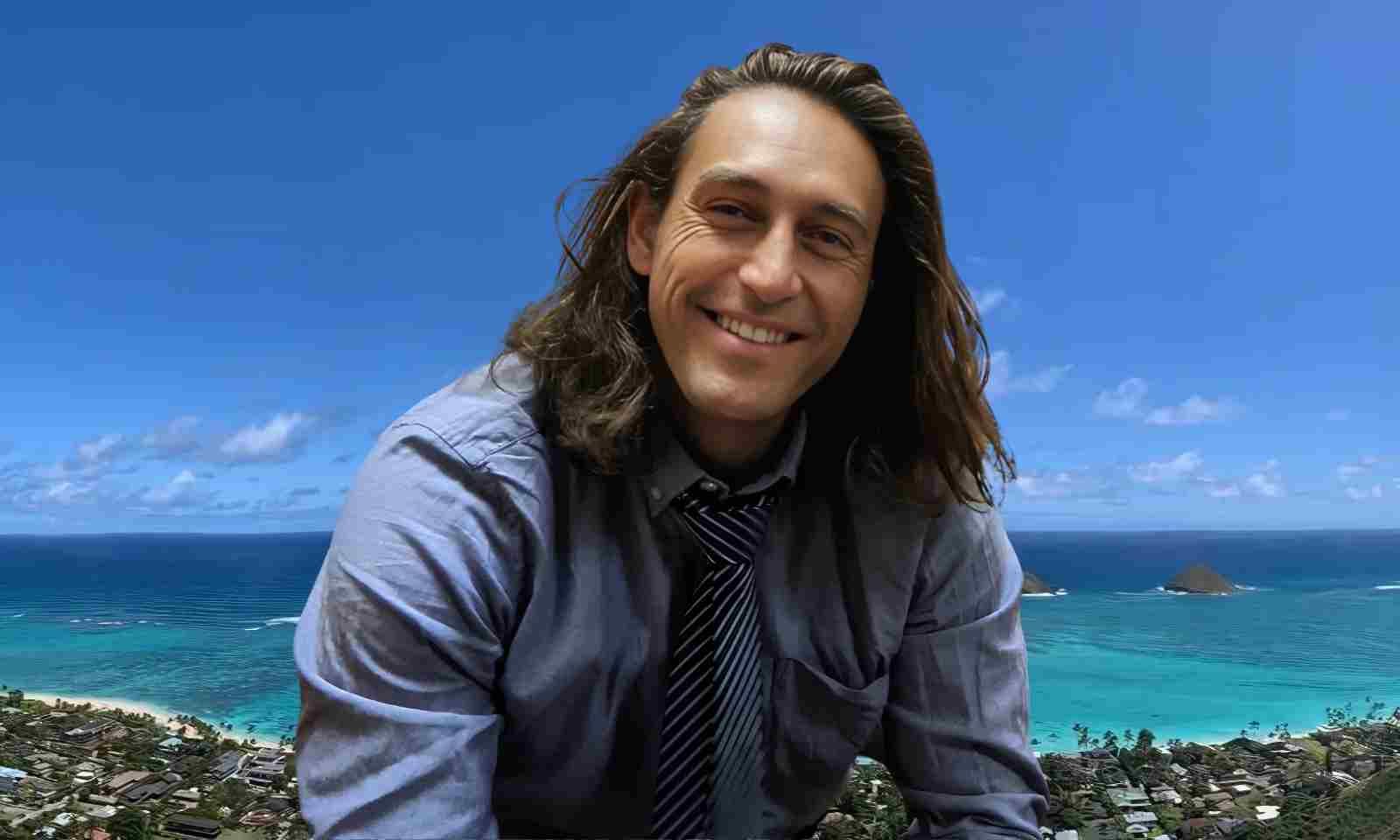
Kai Lawrence. Photos/Kai Lawrence